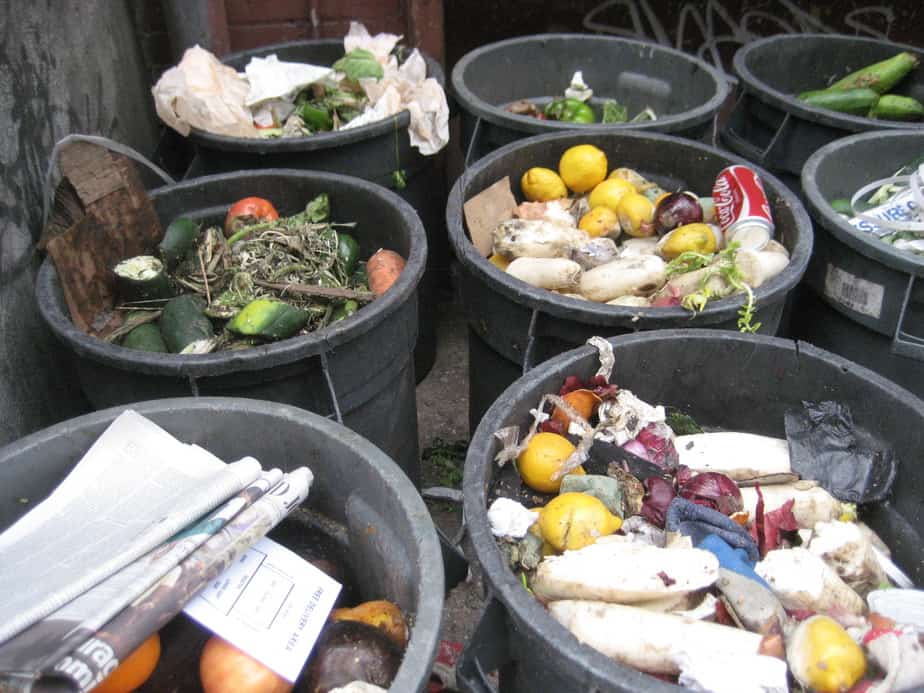India is infamous for its food wastage. Delhi restaurants are trying to stop the criminal waste of food that could feed hungry people
“Wastage of food is unfortunate. It is a justice against the poor.”
-Prime Minister Narendra Modi, (Mann ki Baat)
Given the fact that India is routinely churning out four times the waste in food that the population of the UK is consuming, the numbers are worrying at best. Approximately 40 %per cent of the food produced in India ends up as waste. From hotels, hospitals, restaurants, theatres and family events, among others. Placed 100th out of 119 on the Global Hunger Index (GHI) as of 2017, chances of speedy improvement are looking slim, but measures are being taken to counteract the staggering wastage all over.

The situation in high-end and luxury establishments is obviously grave. And even within these, restaurants and hotels are quite different in terms of wastage. “The food that usually gets thrown away in restaurants is usually due to spoilage or poor estimation of customers,” says Karan Thapar, a hotel management graduate who is currently working as a chef trainee. “Hotels, on the other hand, have a constant flow of food and they prepare for the biggest crowds — a lot of which ends up getting wasted.”
Karan also points out that the buffet in hotels, which is laid out at least once a day, is more wasteful. He goes on to say that at the close of each buffet there’s a big trash can —“almost half the size of an average human — full of wasted food, which could have been given to those who need it. “The massive wastage is something that I noticed during my academic days, although I do hear that these days the hotels are trying to reduce wastage by giving away the leftover food,” says Thapar.
Sure enough, luxury restaurants are taking up measures to stop wastage of food as well. Ruchira Hoon, chef partner at The Piano Man Bakery and the Dirty Apron by The Piano Man chips in on how they avoid wastage in their restaurants. “We’ve adopted a zero-waste policy,” she says. . With about 45 and 30 people filing into The Piano Man Bakery and the Dirty Apron by The Piano Man
respectively, maybe about one percent of the food cooked actually ends up getting thrown away.
“Of the food that is not eaten and returned to the kitchen, we feed the leftover meat to the stray dogs who guard The Piano Man at night,” Ruchira explains. She goes on to list the different ways in which she ensures minimal wastage at her restaurants, saying that her trick is to run the kitchen and the bar in tandem. They make lemon pickle with the peels of the lemon after the juice is squeezed out at the bar; they make in-house ice-creams with the leftover egg yolks from making whisky sours ; they use old bread to make bread butter pudding.. “All you need is to be creative” she concludes. Similarly, the Olive Bar and Kitchen are also trying to reduce waste by introducing a table buffet system. “We’ve removed the buffet spread system altogether, since we have about 100 diners coming in everyday, it resulted in a lot of unnecessary wastage,” says Amanda, PR spokesperson for the restaurant. With this new table buffet system, they only cook and serve unlimited amounts of what the diner orders, and nothing more.
The smaller dhabas don’t have much wastage. Amit Pal Singh, who owns a parantha stall in Bahadur Shah Zafar Marg, talks to Patriot while catching a break from the sultry weekday rush. “We function differently from restaurants,” he says. “Since we get to choose our own hours, we make the food according to demand.” Amit has been running the dhaba for at least 11 years now, carrying on the business after the passing of his father who ran it before him. They have enough experience now, to be able to gauge the amount they need to produce, and very rarely have to throw any food out. Catering to 60-odd customers every day, they make most of their food to order, and the rest is cooked and most often polished off before business hours (12-4 pm and 6-11pm) come to an end.
Although these attempts at reducing wastage are a stellar start, food wastage happens at every level — starting from harvesting, processing and packaging to consumption. Most of the food wasted in India is lost before it is packaged. The government has started finding ways to develop technology that may help to reduce the wastage in these areas. Food drives organised by NGOs are not uncommon. The Robin Hood Army, for instance, has taken leaps in this field, having created a reach above and beyond just India, recruiting volunteers and feeding the poor. The FSSAI in 2017 also launched a platform to use leftover food, where donors, volunteers and interested parties could register themselves for the initiative.
The components for calculating Global Hunger Index (GHI) scores are undernourishment, child wasting and stunting, and child mortality rates — all of which are regularly dealt with as isolated problems, as we fail to see that they are resultant of the epidemic of food wastage in India. Delhi has been diligently taking strides in correcting that situation for the last couple of years, and the results will hopefully manifest in the years to come.





